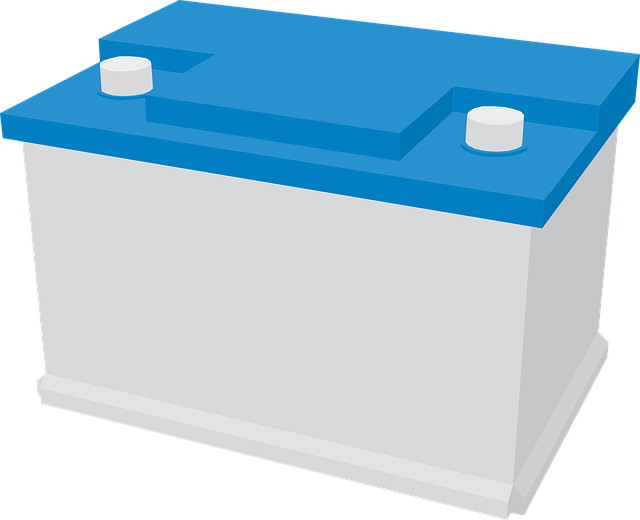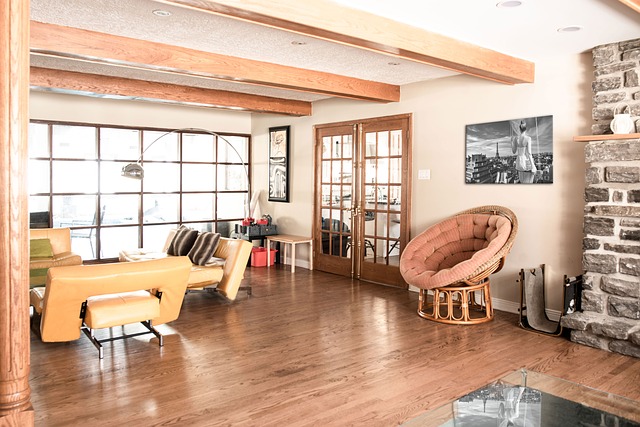Glue laminated beams (glulams) come in various standard dimensions from 4×4 to 16×16 inches, with common sizes like 6" x 8", 8" x 10", and 12" x 16". Selection considers span length, load capacity, structural integrity, and aesthetic needs. Local suppliers in Unadilla, NY, offer tailored glulam beam dimensions for diverse construction projects.
Reviewing glue laminated beam sizes is essential for any construction project seeking strength, durability, and efficiency. This article delves into the standard dimensions of glue laminated beams (GLBs), guiding you through critical considerations like width, length, and thickness. By understanding these aspects, you’ll be equipped to choose the right GLB size for your needs, ensuring structural integrity and cost-effectiveness in your building endeavors. Explore our comprehensive overview on glue laminated beam dimensions.
- Standard Sizes of Glue Laminated Beams
- Beam Dimensions: What to Consider
- Choosing the Right Beam Width
- Length and Strength Relationships
- Thickness Variations in GLB
- Common GLB Size Specifications
Standard Sizes of Glue Laminated Beams

Glue laminated beams, also known as glulam, come in various standard sizes to cater to different construction needs. When selecting the appropriate dimension for your project, it’s essential to consider factors like span requirements, load capacities, and structural integrity. These engineered wood products are designed to offer superior strength-to-weight ratios, making them a popular choice for residential, commercial, and industrial applications.
Referring to a glulam beam sizing guide or glulam beam dimensions chart can help you determine the right size for your specific project needs. Typically, glulam beams are available in various width and depth combinations, with standard lengths ranging from 10 feet to 60 feet (3 to 18 meters). For example, some commonly specified dimensions include 6″ x 12″ (150mm x 300mm), 8″ x 16″ (200mm x 400mm), and 12″ x 24″ (300mm x 600mm) glulam beams. If you’re based in Unadilla, NY 18 Clifton St, you can find a variety of glue laminated beam sizes to meet your construction requirements at specialized structural wood suppliers in the area.
Beam Dimensions: What to Consider

When selecting glue laminated beam dimensions for your construction project, several key factors come into play. Firstly, consider the structural requirements of your design – load capacity and span are paramount. Glulam beams, with their superior strength-to-weight ratio, offer a range of sizes tailored to diverse applications. Whether you’re building a modern skyscraper or a quaint residential garage, the appropriate glulam beam dimensions will ensure stability and longevity.
Additionally, material properties such as wood species and glue type significantly impact performance. Different woods like spruce-pine-fir (SPF) or western hemlock offer varying strength characteristics, reflected in glulam beam dimensions chart specifications. Similarly, the quality of adhesive used in the lamination process contributes to overall structural integrity. For precise requirements, refer to wooden glue laminated beam specifications provided by reputable manufacturers. If you’re unsure about the optimal glulam beam dimensions for your project, give us a call at (607) 369-9341 – our experts are ready to guide you.
Choosing the Right Beam Width

When selecting the appropriate beam width for glue laminated beams (glulam), it’s essential to consider the structural requirements and design specifications of your project. The recommended glue lam beam dimensions vary based on factors like span, load capacity, and aesthetic considerations. For residential construction, glulam beam widths typically range from 6″ to 12″, while commercial projects might require wider beams up to 16″ or more.
Choosing the right glulam beam width is crucial for ensuring structural integrity and optimal performance. The depth guidelines for glulams also vary according to size, with larger beams offering greater depth for enhanced load-bearing capacity. Glulam beam width variations allow architects and engineers to tailor the design to specific needs, so it’s recommended to consult industry standards and seek expert advice when selecting dimensions suitable for your project. Visit us at 18 Clifton St, Unadilla, NY 13849 anytime for more detailed guidance on glulam beam dimensions.
Length and Strength Relationships

The relationship between length and strength is a critical aspect when reviewing glue laminated beam sizes. Glulam beams, known for their exceptional structural integrity, exhibit increased strength as their length increases. This phenomenon is attributed to the laminar construction of glulam, where multiple layers of wood are bonded together with adhesive, creating a uniform and robust structure. Longer glulam beams can support heavier loads, making them ideal for spanning wide areas in construction projects.
When considering glulam beam span calculations, the length plays a significant role in determining the maximum allowable load. The longer the beam, the more load it can carry before reaching its yield point. Dimensions for structural glue lam beams are carefully chosen based on these factors, ensuring they meet or exceed building codes and safety standards. For specific guidelines and a comprehensive guide to glue laminated beam sizes, refer to industry resources or consult with professionals. If you have any queries regarding suitable glulam beam dimensions for your project, give us a call at (607) 369-9341.
Thickness Variations in GLB

Glue laminated beams, known for their exceptional strength-to-weight ratio and versatility, offer a range of dimensions to suit various construction needs. When it comes to thickness variations, glulam beams exhibit subtle yet significant differences in their cross-sectional profiles. This diversity allows architects, engineers, and builders to select the most suitable size based on project requirements, ensuring structural integrity and aesthetic appeal.
The glue laminated beam dimensions vary primarily along three attributes: width, depth (or height), and thickness. While specific sizes may differ among manufacturers, standard glulam beam widths typically range from 4″ to 16″, with incremental steps in between. Thickness variations are equally important, offering options from as thin as 3/4″ up to several inches for beams designed to bear heavier loads or support longer spans. For those seeking tailored solutions, custom-made glulam beams can be crafted to meet exacting dimensions, available at specialized suppliers like our shop at 18 Clifton St, Unadilla, NY 13849 anytime.
Common GLB Size Specifications

When it comes to glue laminated beam dimensions, there are several common specifications that builders and engineers often rely on. Typically, glulam beam dimensions range from 4×4 inches to 16×16 inches or more, depending on the required strength and structural integrity. The most standard sizes are 6×8, 8×10, 10×12, and 12×16 inches for single-layer glulam beams. These dimensions ensure optimal performance while minimizing material waste during the designing with glue laminated beams process.
For a comprehensive reference, a glulam beam dimensions chart can be invaluable. It offers a quick guide to various sizes, their load capacities, and suitable applications. When choosing GLB sizes, consider factors such as span requirements, load calculations, and aesthetic considerations. For personalized advice and an extensive range of options, visit us at 18 Clifton St, Unadilla, NY 13849 anytime.
When selecting glue laminated beams (GLBs) for construction projects, understanding the varied dimensions and specifications is key. This article has explored the standard sizes, factors to consider, and common choices for beam width, length, and thickness. By knowing the right GLB dimensions for your needs, you can ensure structural integrity, optimize material use, and streamline building processes, making GLBs a versatile and efficient choice in modern construction.














